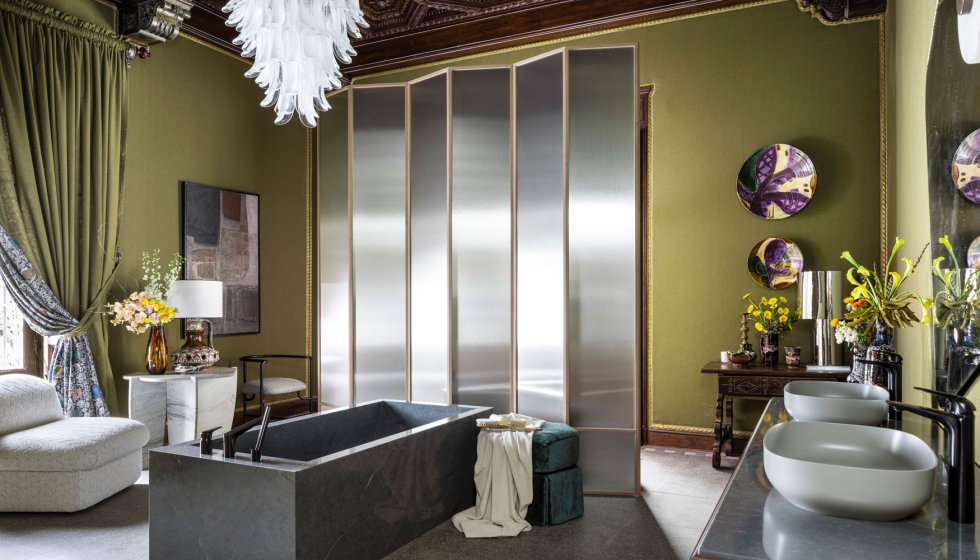Has this ever made you think that we have different types of light? As for colors, their intensity, and their sources, they all have a direct impact on the quality of sleep we enjoy, this is what science says.
The quality of our sleep is directly proportional to how good our internal clock is, although it can sometimes undergo changes due to the influence of certain external situations, such as the lights that surround us and their colours.
Experts from University of Basel And from Technical University of Munich They have conducted research based on discovering the effect of light and its colors on the biological clock that we all have and on the quality of sleep we experience.
First let's explain how the eye and vision work National Eye Institute This process is known as when light reaches the retina (a layer of light-sensitive tissue at the back of the eye), special cells known as photoreceptors convert the light into electrical signals. These electrical signals are transmitted from the retina through the optic nerve to the brain. As you can see, it is a process in which light enters no matter what.
but,What does the color of light have to do with the quality of our sleep??
Well, it turns out that studies conducted by experts reveal that short-wavelength light, also known as blue light, has a direct effect on the rhythm of sleep-wake cycles, all thanks to some of the ganglion cells that make up part of the retina. .

This blue light is the same that we perceive in the environment when it is daytime, and therefore, any artificial light can have a direct impact on our sleep cycle, changing it.
Likewise, tests have been done on other types of lights to monitor their effect on our biological clocks and sleep cycles. This research was conducted by the University of Basel and this article was published in the journal Science The nature of human behavior.
This study involved 16 clinically healthy volunteers who were exposed to blue, yellow and white light stimuli in a controlled manner to evaluate their effect on each person's sleep cycle.
The results showed that ganglion cells play a very important role when exposed to certain types of light, due to their sensitivity, which leads to a change in the internal biological clock.
In other words, although blue light has been found to have a greater effect on people, the main role is played by the ganglion cells of the eye, because they are very sensitive to light, and can alter the sleep cycle and our internal clock.
Although there is still a lot of information to be analyzed, experts advise staying away from light sources, especially if they are blue, when we enter the time of day in which we will sleep. Likewise, night modes for mobile devices are usually very useful by significantly reducing the amount and color of light coming from them.
Share science, share knowledge.





